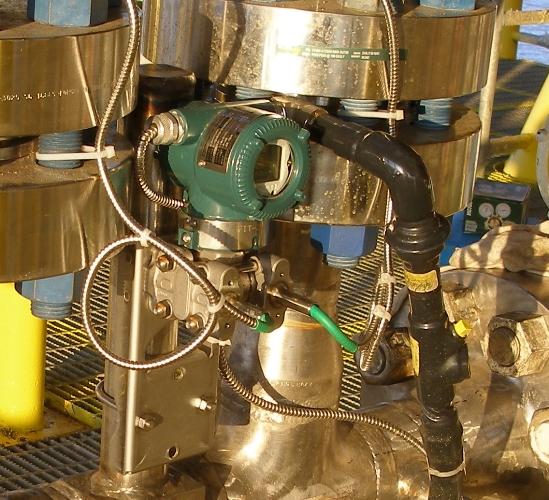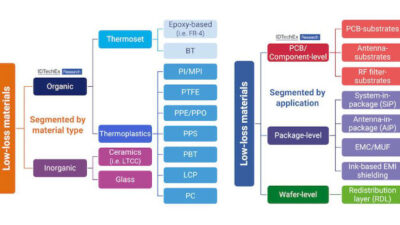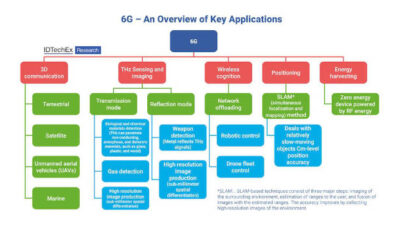I/O systems have to offer multiple communication options to accommodate different types of field sensors and transmitters.

Process control system vendors often have to provide a range of I/O (input/output) options to communicate with the variety of signal types that a user might find with process sensors and actuators deployed in a process unit. These include sensors of the “big four” process variables (flow, pressure, temperature, and level) along with control valves, safety sensors, analyzers, weight cells, and so on.
If all these devices had one way to communicate, life would be much simpler, but they don’t. Three of the most common communication formats include: analog with HART, digital (binary), and pulsations. (For the moment we’ll ignore various fieldbus protocols, wireless, and Ethernet.) Let’s look at all three.
Analog
The most common analog communication protocol is a 4-20 mA current loop. Adding HART communication is also typical for today’s field device offerings. Others may have a voltage signal, resistance signal, pulse signal, and possibly others that are more specialized. But what does all that mean?
A sensor measures its desired variable by modulating some electrical signal. It can cause a change in voltage, resistance, or capacitance. For example:
- Thermocouples generate a voltage in relation to temperature
- Strain gages, thermistors, and RTDs change resistance in response to movement or temperature, and
- Some pressure sensor designs use changes in capacitance to quantify changes in pressure.
A raw signal directly from a sensor is usually not suitable to send to a control system as-is. It needs to go through some additional circuitry to control signal scaling, linearity, compensation, and amplification. A device with this capability is typically called a transducer. Thermocouples and RTDs are exceptions in that many control systems have I/O cards that can take such signals directly; however, these signals are very weak and difficult to transmit over any long distance. They are also subject to interference, so as a process unit and its control system become more complex, users will more often insert a transmitter to beef up the signal. Most temperature transmitters can also interface with a variety of thermocouple and RTD types. Keep in mind that the terms “transducer” and “transmitter” are often used interchangeably, but the latter suggests an ability to condition a signal and send a signal over a longer distance.
In most cases, this more robust signal will be a 4-20 mA current loop. The transmitter will draw a given current level at 24 Vdc from the supply in the I/O connection of the control system, corresponding to the variable. A zero reading of the variable will draw 4 mA, and the maximum reading draws 20 mA. Anything beyond those limits indicates a malfunction.
A two-wire device can power its internal circuits using current it draws from the supply, meaning everything can operate at 4 mA or less, so it needs no other power source. However, there are devices that cannot operate at 4 mA and they need an external power supply. These are four-wire devices where two wires transmit the process variable and two bring in power at whatever level it needs. Coriolis flowmeters are typical examples of devices that require external power. There are models that use a more creative approach and have changed the signal format to 10-20 mA. While this compresses the available signal range, it eliminates the need for an additional power connection.
Most manufacturers have standardized on this signal format, moving on from other current loop values and voltages. Older voltage signals have lost desirability due to their susceptibility to line loss through wire resistance.
Adding HART to the analog signal is a way to carry additional information by modulating the current signal in a way that allows digital information to be piggybacked on the analog without disrupting the basic process variable. (Read more about HART below.) A close look at the analog signal will show that it is not a straight line, but modulates at 1.2 or 2.2 kHz to carry binary sequences. The I/O connection cannot “see” the digital signal without a modem, so the normal process variable doesn’t change.
Digital
In some cases calling a signal “digital” suggests something like a fieldbus, Modbus, or Ethernet where data is sent in packets. However, in this context we’re talking about a binary signal, or one that is simply on or off. There are many process sensors that do not send out scalar data. They are simply set to change their signal state when the variable crosses a specific threshold. For example, a low-level alarm in a tank switches on when a liquid level gets too close to the bottom. Another might be a pressure switch that turns on a compressor when pressure in a tank reaches a given point.
Such devices may simply close or open a set of contacts like a relay. In other cases, an analog signal may change. On means 20 mA and off means 4 mA, but that’s really an analog device.
Pulse
Some sensors, particularly turbine flowmeters, send their signal as a pulsation, the frequency of which indicates the process variable. Such a flowmeter uses a proximity sensor that triggers each time the turbine propeller passes by. Higher flow makes the turbine spin faster and send pulses at a higher frequency. Counting the frequency provides an analog measurement.
This variety of signal formats grew out of a desire to have the best tool for a given job, but the practical result can be somewhat confusing for end users. At least the number of signal formats has thinned out in recent years, and system providers are doing a better job of accommodating those that remain.
Peter Welander is a content manager for Control Engineering. Reach him at [email protected].
Online:
Subscribe to Process Instrumentation & Sensors eNewsletter at www.controleng.com/newsletters



